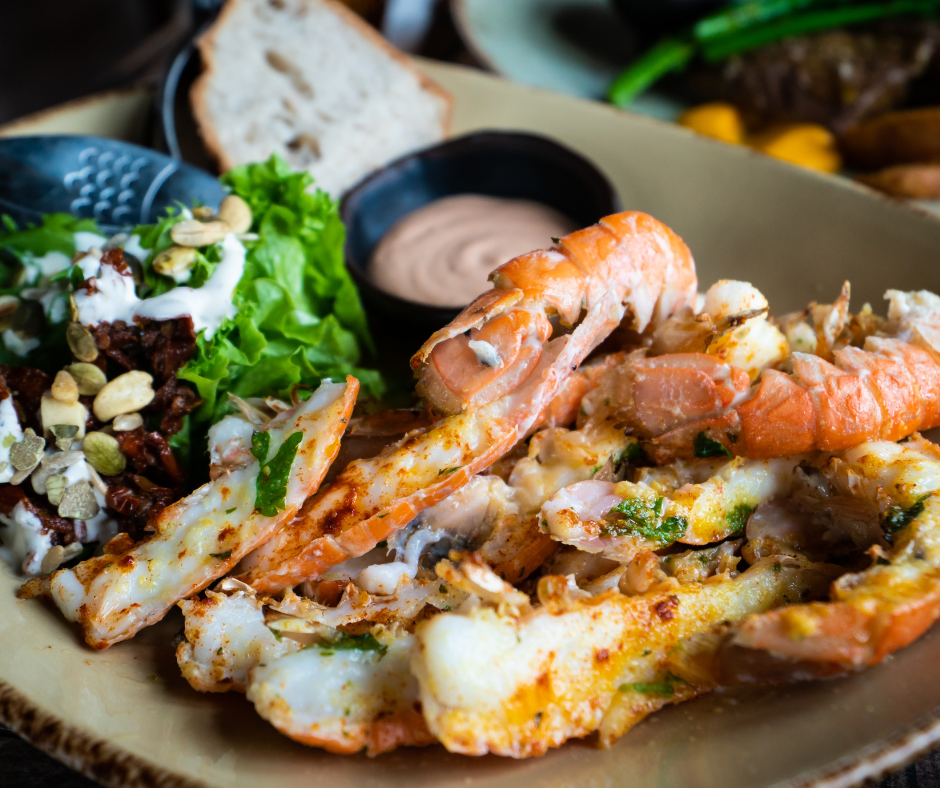Updated 1/22/24 This year we celebrate Thorrablot ( Þorrablót) from January 20 - February 18, 2024. This Nordic holiday celebrates the Vikings and the Ancient Norse Gods with a mid-winter feast.
The “main” festival is held in Iceland with smaller festivals held throughout Scandinavia and wherever Nordic residents reside. Traditional music, dancing, and games are popular.
Origin of the Holiday
Thorrablot was a sacrificial celebration to honor the Gods. It was abolished by conquering Christians during the 8th to 11th centuries. It was resurrected in the late 1800s to honor and remember the history and culture of the Vikings. Written accounts date back to the 1700s.
King Thorri Snaersson
The celebration coincides with month of Thorri in the 13th week of winter. The month of Thorri is named for the Norwegian king of that name and also a reference to Thor the God of thunder. The word blot references a communal event.
The lineage of King Thorri has been debated as to whether he was a historical person. His name appears in many well know Medieval poems including Beowulf in the early 11th century.
Thorri Snaersson was believed to be the King of Kvenland (Norway) and Gotland (Finland) from 320 – 365.
The God Thor of Thunder
Thor, often portrayed carrying his hammer, was the Germanic/Norse God of thunder, lightning, and trees. He symbolizes strength, power, and protection of mankind. Thor is portrayed as a powerful man that was strong and often merciless.
Traditional Foods
Vikings ate a lot of foods that seem very unfamiliar to us. During this time of winter darkness, fresh food was scarce.
Much of the food eaten was the undesirable body parts that had been preserved with fermented mysa. Mysa is a heavy whey that preserves and breaks down protein to make the meats more tender.
In Iceland, they celebrate with traditional Nordic foods such as
Brennivin - alcohol referred to as black death. It’s a type of schnapps made from potatoes and caraway
Hangikjot- smoked lamb
Rugbraud - rye bread
Hrutspungar - ram’s testicles
Hakari – shark
Enjoying Thorrablot
There are many ways we can celebrate and enjoy this Norse holiday.
Feasting
Have a feast! Serve more contemporary Icelandic fare such as smoked salmon, lamb, sausages, rye bread, eggs, and sea fish such as haddock and shrimp.
If you are a vegetarian, they do eat some interesting vegetables such as seaweed, lovage, rhubarb, and crowberry. More mainstay vegetables such as turnips and cabbages are started in greenhouses. Other popular foods include blueberries and wild mushrooms.
Check out Homestyle Icelandic Cooking for American Kitchens to learn more great recipes.
Storytelling
The Icelandic people are very well read and it’s the most literate country in the world. This literacy stems from a long oral history of storytelling.
One way to celebrate Thorrablot is to read poetry. Poetry or Kveoskapur is very popular. Epic poems can be traced back to the 11th century.
The Poetic Edda is stories and poems of the Norse Gods.
Stopping by Woods on a Snowy Evening a favorite winter poems for young children. A great version is available here. Robert Frost wrote many poems about nature.
Music and Dancing
Celebrate Men’s Day and Woman’s Day
Two fun holidays bookend the month-long holiday in Iceland.
On January 20th Bondadagur or Men’s Day is celebrated. This marks the start of the season. Konudagur is Women’s Day- and celebrates the start of the month of Goa on Feb 22, 2023.
Both seasons are days to honor the loved ones of that gender in our lives. The holidays are compared to Valentine’s Day in the United States. Traditionally both men and women give and receive flowers and other small gifts.
For another Norse Holiday check out our article on Disablot and Charming the Plow
Author, Erik Olsen, graduated from college in Spring 2022 with a degree in Anthropology and a minor in Scandinavian Studies. He did a study abroad in Norway. While in school he completed an internship with the Smithsonian Museum of Natural History which led him to his current position as museum assistant curator.





